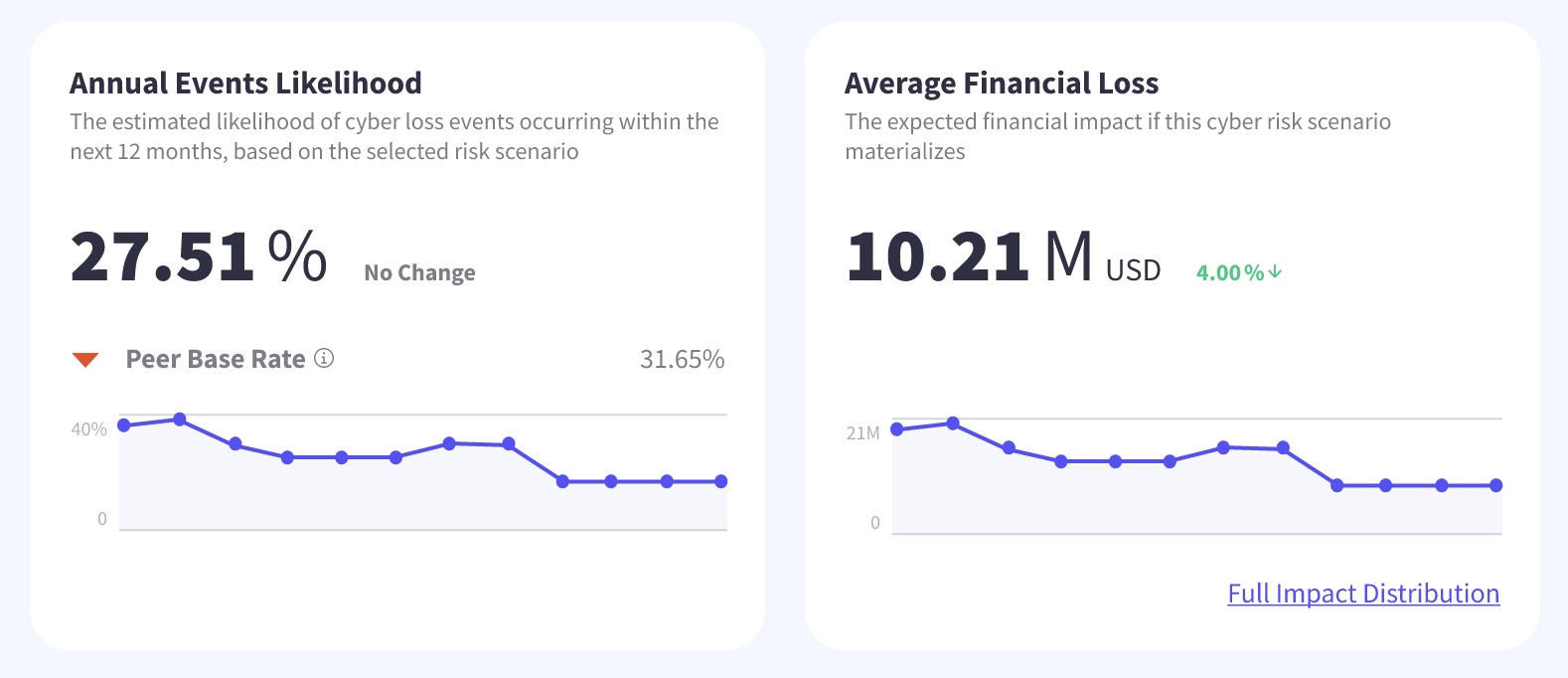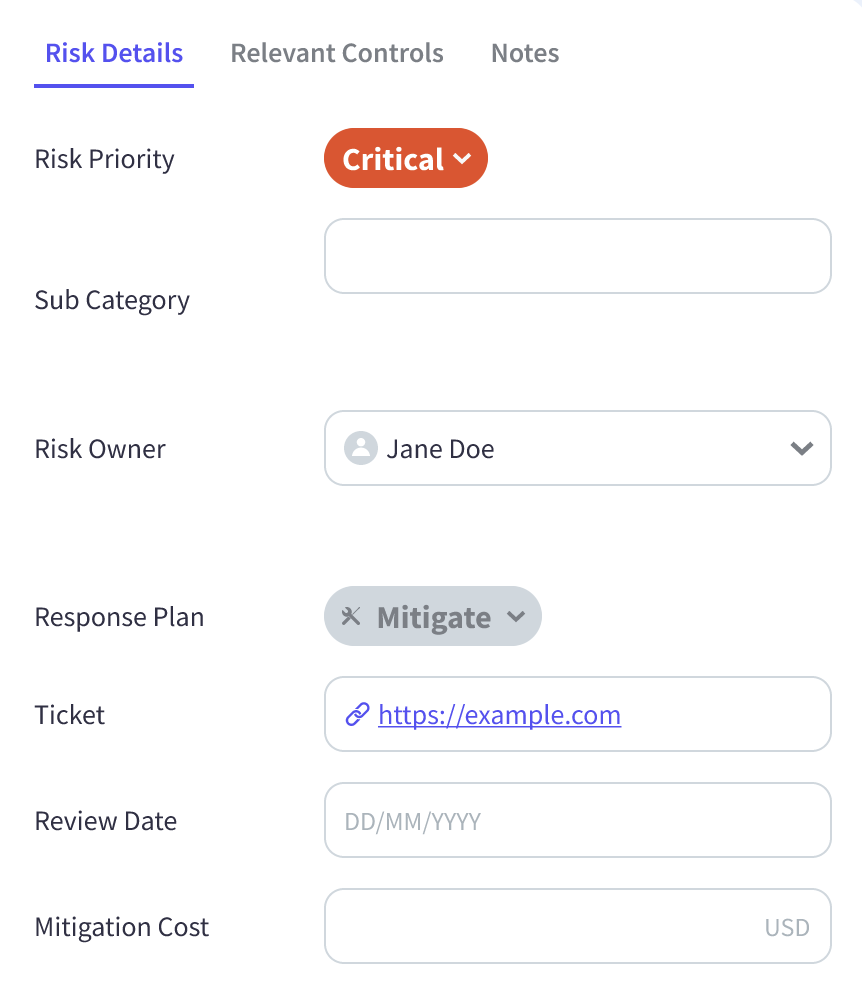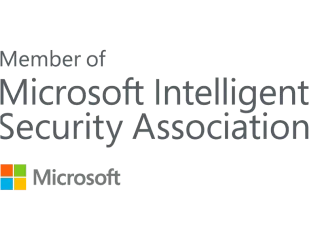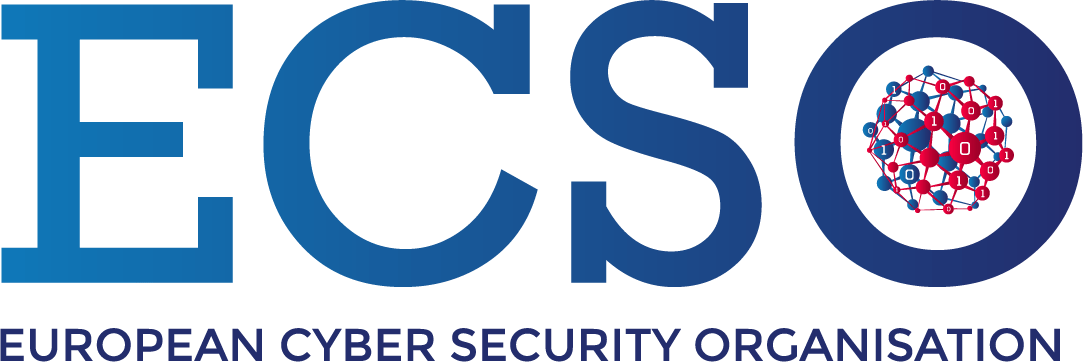Blog Post
Kovrr's Cyber Risk Register Gets New Features for Smarter Management
August 9, 2025
TL;DR
- Traditional cyber risk registers often lack financial context or structure, making it difficult to prioritize mitigation efforts or align them with business goals.
- Kovrr’s risk register, however, integrates CRQ directly into scenario analysis, surfacing quantified outputs like average loss and event likelihood for every risk.
- New features include simulation transparency with Match Count and Diversity Score, revealing how well each scenario is supported by modeled data.
- Scenario evolution tracking allows teams to monitor how likelihood and impact change over time, helping adjust mitigation strategies as conditions shift.
- Operational tools such as owner assignment, notes, and custom fields make the cyber risk register easier to manage and better aligned with GRC workflows.
Today’s Cyber Risk Landscape Demands More Than a Static Register
Risk managers have long used registers to keep track of and manage the threats their organizations face, and, as cyber risk emerged in the 21st century as one of the core market concerns, cybersecurity leaders, too, started to harness these tools to structure and prioritize their cyber-related exposure. However, while risk registers offer a starting point for this process, many have not evolved beyond their early design, remaining static qualitative inventories.
Without providing visibility into the financial or operational exposure a potential loss scenario could inflict, for instance, or the ability to track how risk changes over time, cyber risk registers leave security and risk managers (SRMs) relying on subjective judgment to prioritize mitigation efforts, with limited ability to align those efforts to broader strategic goals. This shortcoming is precisely why Kovrr created the first-of-its-kind CRQ-powered cyber risk register, bringing quantification and business context to cyber risk documentation.
Now, with recent platform updates, the register includes an even wider list of features and insights. The enhancements focus not on redefining the purpose of the cyber risk register, but on making it more informative and more aligned with the real demands of cyber risk management today. From improved scenario modeling to more granular information about simulations, the new features reflect SRMs' need to be able to operationalize cyber risk data and ensure that exposure is not merely recorded but systematically mitigated.
Core Functions of Kovrr’s CRQ-Powered Risk Register
Center to Kovrr's cyber risk register is the integration of cyber risk quantification (CRQ) into the scenario analysis. Each entry is tied to a data-backed model that simulates the potential operational and financial implications of the event. Harnessing Monte Carlo statistical techniques, Kovrr's risk register produces actionable metrics tailored to the incident, such as the average event likelihood, average financial loss, and the security control upgrades that will reduce exposure to that scenario to the greatest extent.
Although these cyber risk metrics are generated in the background, they are surfaced directly within the register, giving SRMs the necessary information to assess risk consistently across situations, compare exposure levels across business units or functions, and prioritize actions based on the forecasted impact. By embedding these capabilities into a familiar format, the platform supports day-to-day mitigation planning while also creating a defensible basis for communicating risk to leadership, auditors, and regulators.
The New Features in Kovrr’s Cyber Risk Register
The latest CRQ-backed platform updates introduce a set of features that make the cyber risk register more transparent and more precise, aligning even further with how SRMs and chief information security officers (CISOs) operate. From offering deeper simulation details that bolster confidence to tools for assigning activity ownership, each of these enhancements supports more effective analysis and action.
Prefer to see it in action? Watch the full platform walkthrough to explore the updated cyber risk register in under 2 minutes.
Augmented Simulation Transparency

A major enhancement to Kovrr's cyber risk register is the ability to evaluate the strength and depth of each simulation run. New metrics include Match Count and Diversity Score, providing SRMs and CISOs with an understanding of how well the underlying data supports loss forecasts and how broad the coverage is. Match Count reflects the percentage of simulated events that meet the scenario’s parameters, and Diversity Score indicates the variety of event combinations used in the modeling.
Both of these metrics offer a window into the statistical foundation of each result, helping to convince key stakeholders of their accuracy. Additionally, users can now view the model's full impact distributions, as opposed to single-point calculations, bolstering comprehension of scenario volatility, tail-end risk, and expected ranges of financial loss. The insights provide a stronger footing for evaluating scenario relevance and justifying prioritization decisions using modeled evidence.
Scenario Evolution Tracking

The conditions that shape and influence cyber risk, such as threat activity, asset exposure, and control effectiveness, are constantly changing; the scenarios used to represent that risk need to likewise reflect that movement. Kovrr's updated risk register now includes time-based trend indicators for each risk scenario, providing additional visibility into how the average event likelihood and average financial loss exposure shift as the organization's environment evolves.
Dynamic inputs drive these updates and are automatically reflected in the cyber risk register, allowing SRMs to monitor whether a given scenario is becoming more or less severe over time and adjust prioritization accordingly. Embedding this temporal context directly within each entry, Kovrr has provided a basis to support more responsive mitigation planning and help ensure that decisions are based on current, not outdated, assessments of risk.
Additional Operationalization Tools

The latest version of Kovrr's cyber risk register also introduces design updates that help cybersecurity and cyber GRC teams more easily keep ownership explicit and actions on course. Risk scenarios can now seamlessly be assigned to specific stakeholders. Similarly, mitigation efforts and progress updates can be recorded right where the risk is tracked. The dashboard keeps these task details surfaced, ensuring accountability stays tied to each scenario.
Teams can still attach supporting files and link directly to internal ticketing systems, eliminating the time-consuming need to hunt through spreadsheets or external solutions. There's also support for custom fields so that organizations can label and supplement risk scenarios in ways that reflect internal priorities or regulatory mapping. The goal of these dashboard upgrades was to help SRMs and CISOs manage cyber risk in context, rather than isolation.
The Timeliness and Necessity of These New Features
The organizational role of the cyber risk register is evolving. Security leaders are increasingly expected to present their security exposure and posture in a language that business leaders can understand and, subsequently, defend to boards and regulators. Governmental frameworks such as the EU's NIS 2, Australia's CPS 230, and the US SEC's cyber disclosure rules, for instance, demand not only documentation of cyber risk but also clear evidence that it's being proactively measured and managed.
Traditional cyber risk registers lack the necessary structure that stakeholders need to be able to justify how mitigation decisions are made or tracked. Without a financial context or insights into how scenarios evolve, it's exceedingly difficult to defend prioritization or demonstrate meaningful oversights. As scrutiny from both internal and external parties grows, tools that support this traceability are becoming essential.
Kovrr's latest features are built to meet these demands directly. Simulation transparency makes it easier to explain how each scenario is modeled and how reliable the results are. Time-based tracking enables teams to respond to changing risk conditions, while ownership fields and update logs provide structure for managing accountability. In short, they help translate risk management from an internal process into a business-facing capability.
A Cyber Risk Register That Keeps Evolving
Although the most recent enhancements to the CRQ-powered cyber risk register reflect the changes in the landscape, they more so underscore Kovrr's commitment to building tools that evolve with the needs of cybersecurity and GRC teams. Internal and external stakeholder expectations are continuously growing more complex, and so too does the demand for precision and transparency. By continuously improving our register, Kovrr is helping organizations stay equipped to meet those needs and manage risk in the most practical terms.
To explore these updates and see what smarter risk management looks like in action, sign up for Kovrr’s first-of-its-kind quantified risk register today.



.webp)



